GRNGrid continues to grow with upcoming partnerships
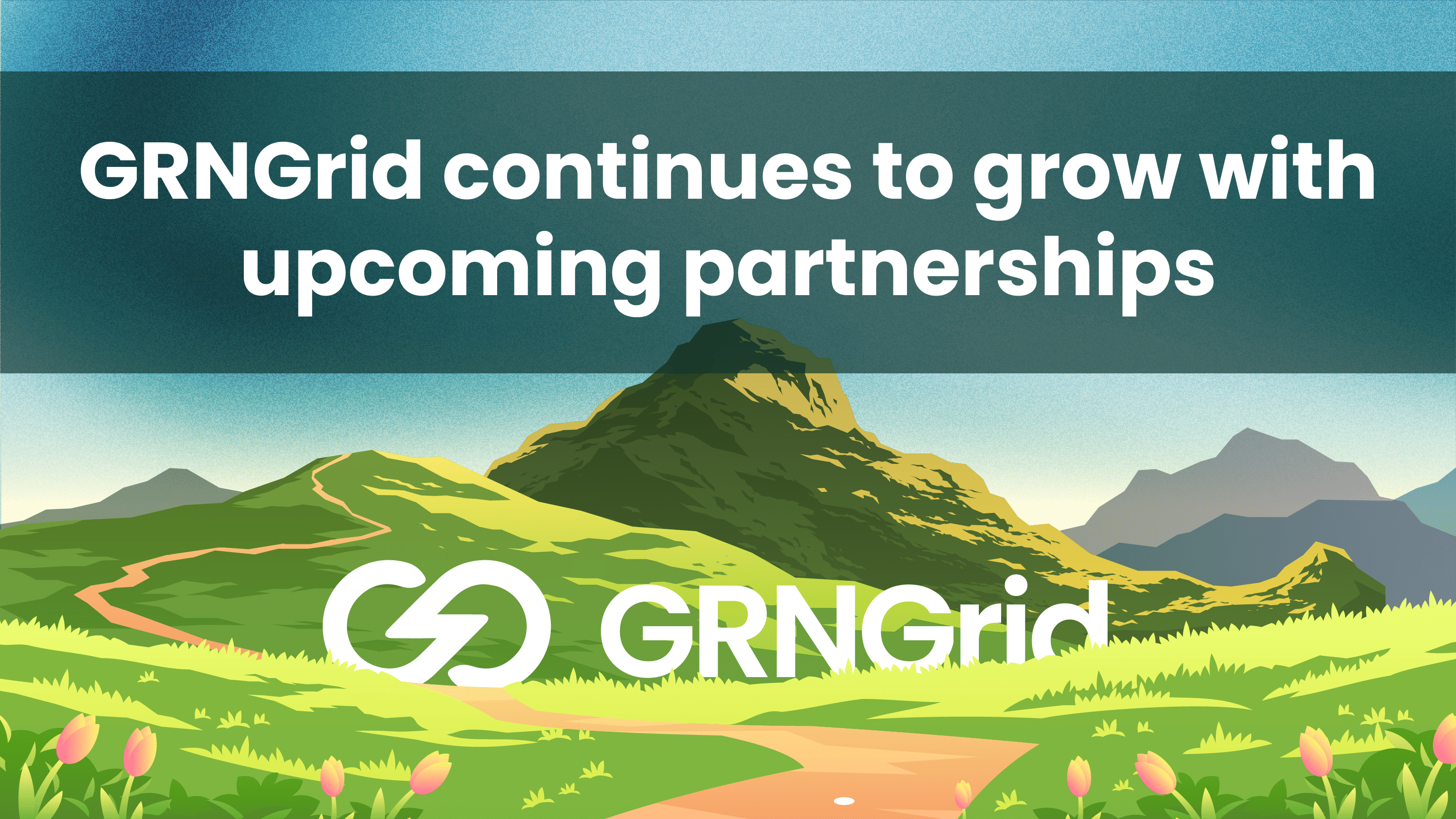
Exciting things are happening to the GRNGrid projects. Last month the project switched from ERC20 to Polygon, the price of GRNGrid’s token $G has risen significantly and upcoming partnerships are unleashing endless possibilities. The GRN team has been actively participating in meetings, with a main goal of expanding the utilisation of GRNGrid and spreading sustainable […]
GRNGrid Embraces Polygon: The next step for GRNGrid
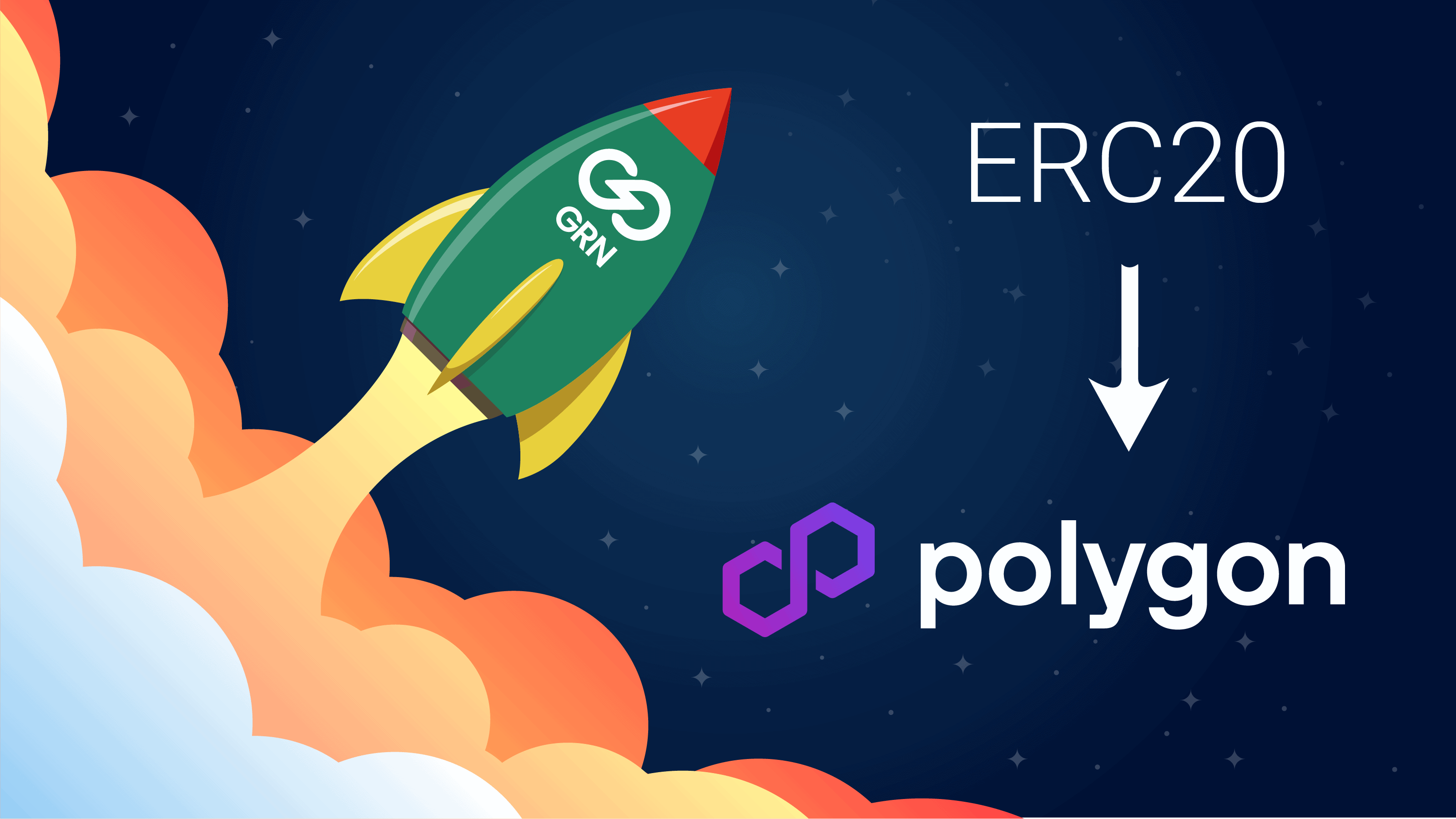
Dear GRNGrid Community, GRNGrid, the sustainable and eco-friendly blockchain platform, has announced its migration from the ERC20 network to Polygon (formerly known as Matic), a scalable solution built on the Ethereum blockchain. The migration process from ERC20 to Polygon has been executed seamlessly and automatically as we write this blog, ensuring a smooth transition for […]
Roadmap update #4
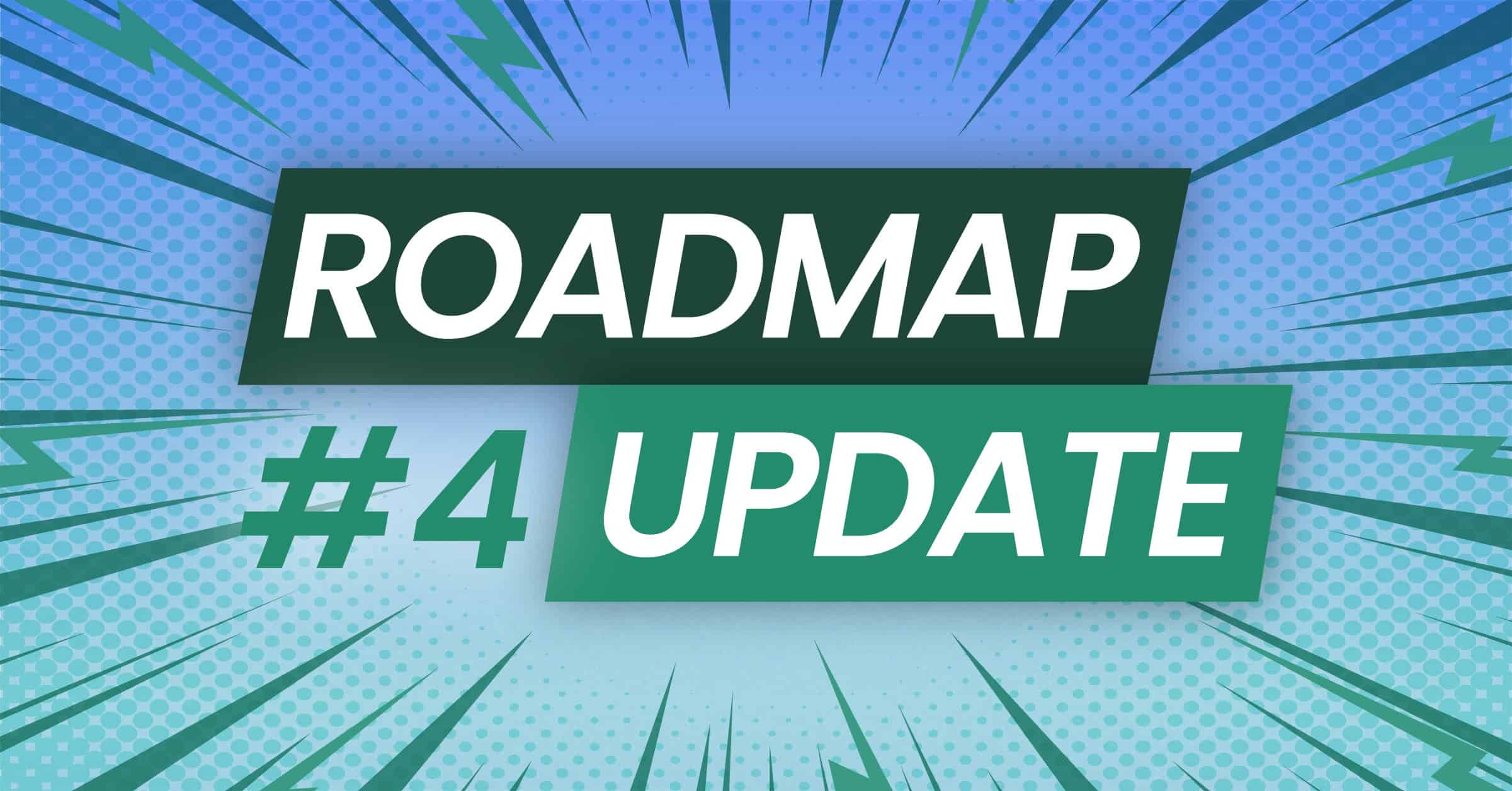
For those who are just tuning in to our updates (better late than never!), the team has finished with the Research and Discovery phase and has bravely stepped into the Proof of Concept phase. The key aim of this phase is to make a workable PoSv2 blockchain prototype which is, as you might expect, no […]
Roadmap update #3
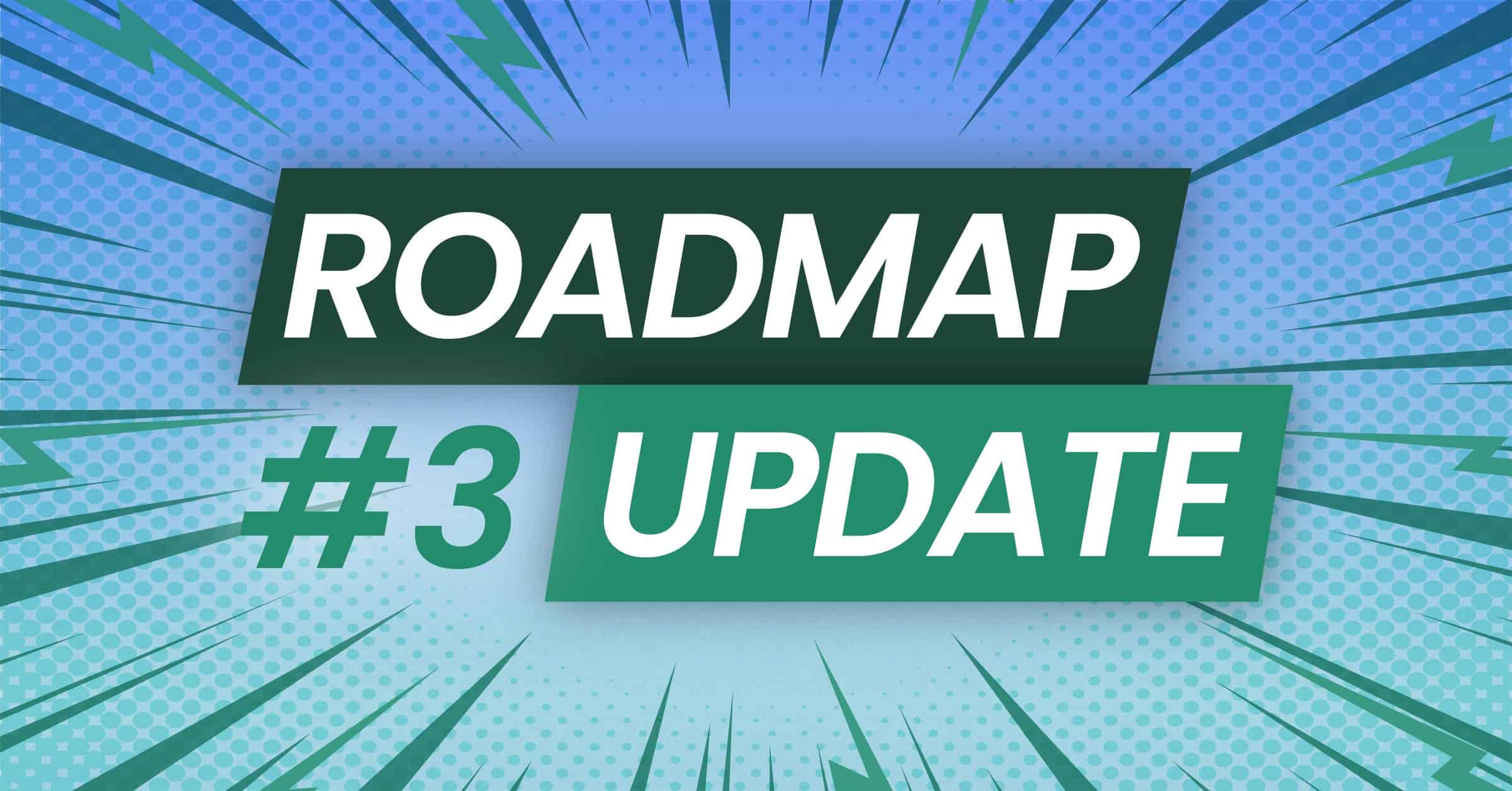
How persistent is our team from 0 to “I broke my hand, but I’m performing as if nothing happened”? It’s not difficult to guess, it’s the latter. Yes, one of our team members has had a mishap, but that hasn’t slowed him down one bit. So, let’s see where’s our team currently at. Rapid Risk […]
Roadmap update #2
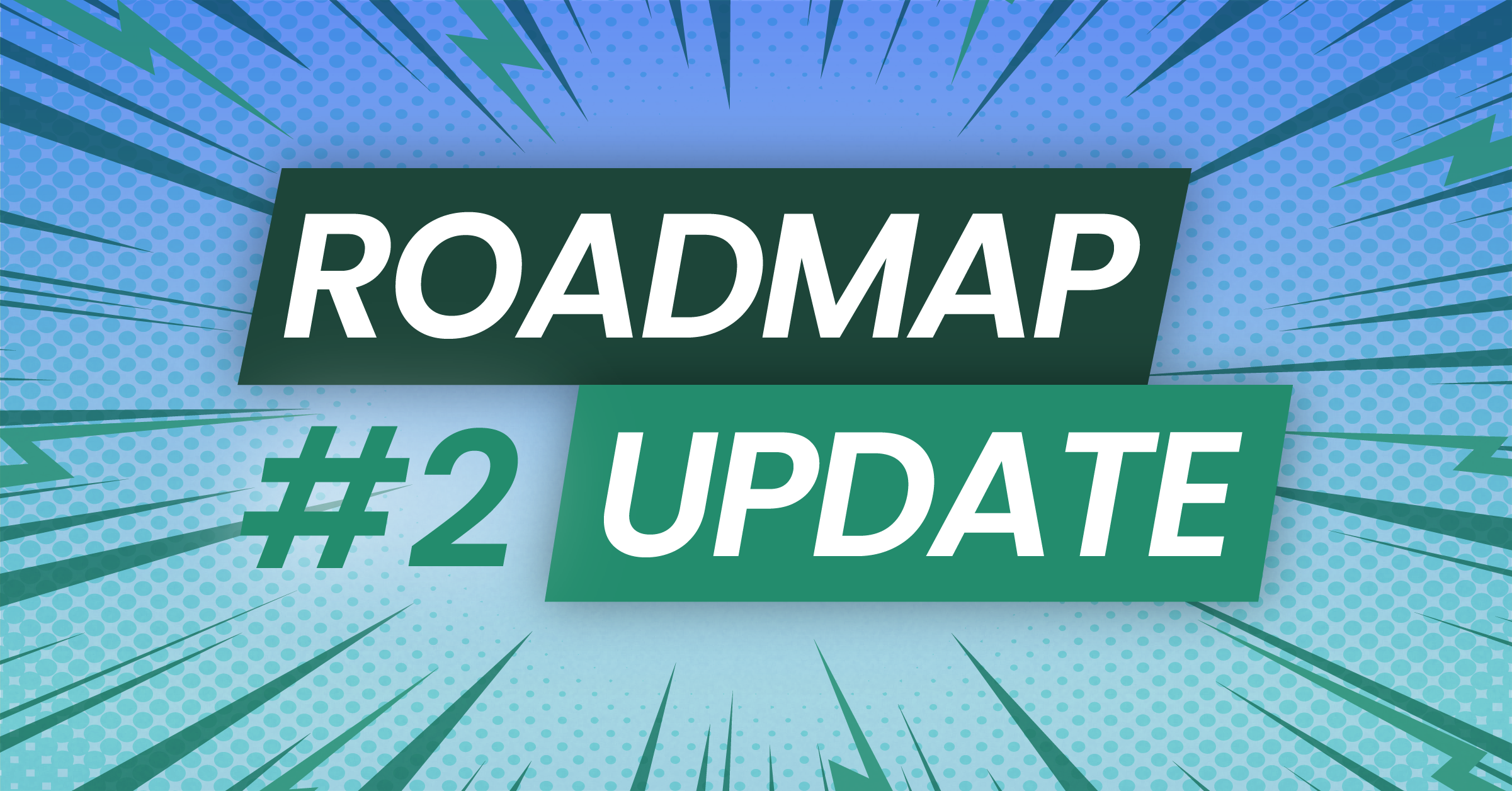
It’s time for another project update! Apart from an occasional sigh, the office was super quiet this previous month. That is until it’s time for the daily meetings. This is when things get heated up as every team member argues their standpoint to show why their solution is the optimal one. But every lively discussion […]
Roadmap update #1
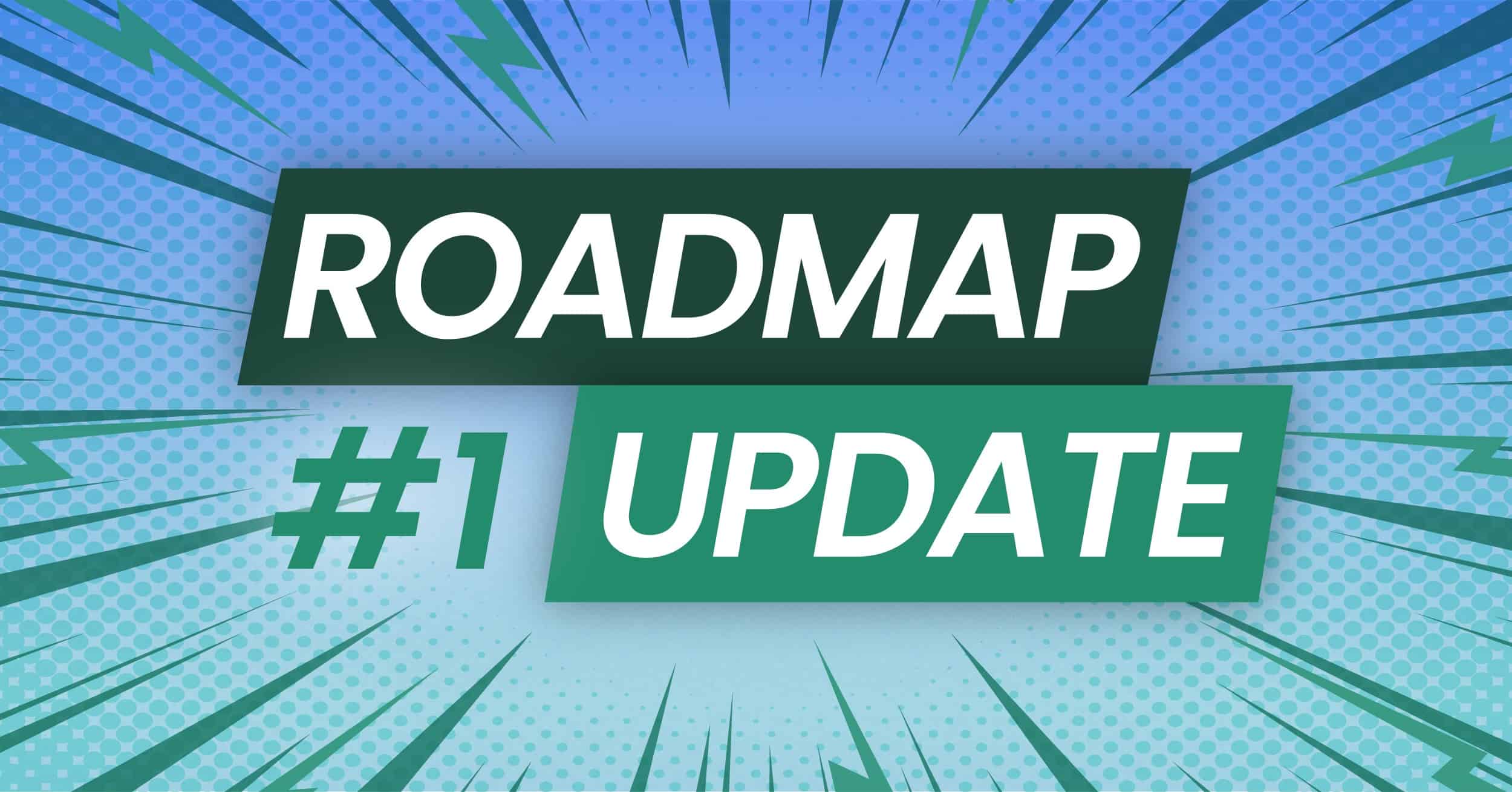
“Preparation is the key to success” – Alexander Graham Bell. We couldn’t agree more, Mr. Bell, we couldn’t agree more. As a little reminder, as announced a while ago, GRN Association partnered up with Barrage, a software development company, on the development of the GRNGrid blockchain (Grid) and GRNWallet application. We’ve been somewhat quiet, but […]


